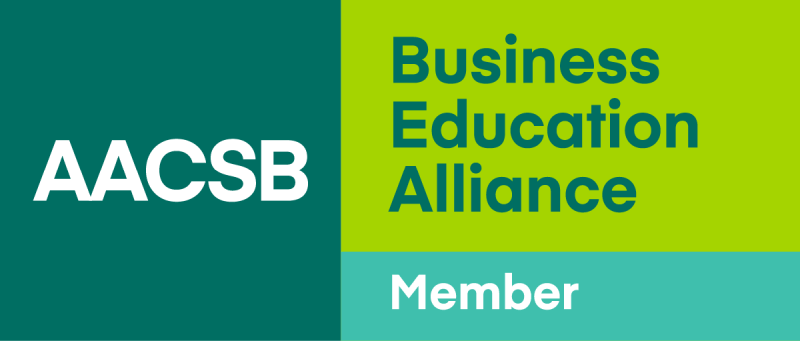Châteraisé - A Business Model from Japan’s Suburb Hitting Overseas Sweet Spots
A made-in-Japan confectionary brand is expanding to the overseas market with a mass-producing model. How does Châteraisé manage the international franchise system, and satisfy customers' sweet tooth?
At a glance
Country of origin
Japan
Industry
Confectionery Manufacturing and Sales
Year founded
1954
Total branches
600+ (Japan), 160+ (Overseas)
As of 2022
Abstract
Châteraisé, a Japanese confectionery brand, has successfully expanded its business model beyond its domestic market. The company's strategic approach, rooted in a focus on quality, affordability, and customer satisfaction, has enabled it to capture the hearts of consumers in various international markets.
Key to Châteraisé's success is its innovative franchise model. By leveraging a centralized production system and standardized operations, the company ensures consistent product quality and efficient distribution across its global network. This approach, coupled with a strong emphasis on employee training and development, empowers franchisees to deliver exceptional customer experiences.
While Châteraisé has faced challenges such as declining domestic markets and increasing competition, it has proactively adapted to these changes by expanding into new markets, embracing digital technologies, and refining its product offerings. The company's ability to balance tradition and innovation has helped to secure its market share in the global confectionery industry.
Disclaimers:
(1) Regarding Case Study Content: This case study is based mainly on secondary data and analysis of publicly available information unless otherwise stated, and is intended solely for educational purposes. Any opinions expressed by the author(s) are designed to facilitate learning discussion and do not serve to illustrate the effectiveness of the company. Additionally, banner images and logos used in the case study are intended for visualization in an educational setting and it is not used to represent or brand the company. For any dispute regarding the content and usage of images and logos, please contact the team.
(2) Regarding University Affiliation and Titles of Authors: The university affiliation and titles of author(s) seen in the case study is based on their affiliation and title during the time of publication. It may or may not represent the current status of said author(s).
